Peru stands as one of South America’s most culturally rich destinations, where ancient civilizations left behind stunning architectural marvels and colonial influences created charming historic districts. From the world-famous ruins of Machu Picchu to lesser-known archaeological gems tucked away in remote valleys, this country offers an incredible journey through thousands of years of human history.
The diversity of Peru’s cultural landscape reflects the many civilizations that called this land home, each leaving its unique mark on the nation’s identity. Whether you’re drawn to the engineering genius of the Incas, the mysterious artworks of pre-Columbian cultures, or the elegant colonial architecture of Spanish settlers, Peru delivers experiences that will reshape how you think about ancient civilizations.
Here is a list of 20 cultural sites that showcase the country’s remarkable heritage and offer unforgettable glimpses into Peru’s fascinating past.
Machu Picchu
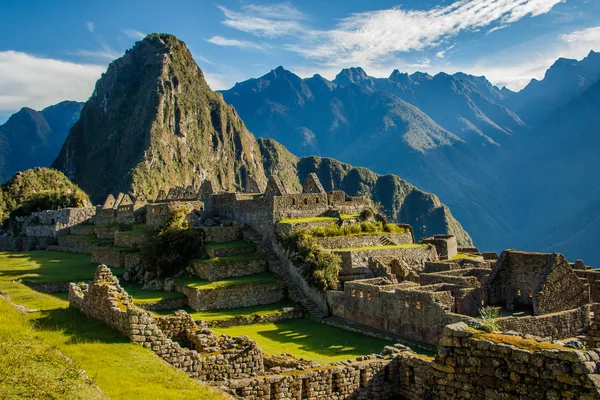
The crown jewel of Inca architecture sits majestically on a mountain ridge about 50 miles northwest of Cusco, representing perhaps the most perfectly preserved ancient city in the Americas. This 15th-century citadel showcases the Incas’ incredible stone-cutting skills, where massive granite blocks fit together so precisely that you can’t slide a knife blade between them.
The site’s dramatic location, perched nearly 8,000 feet above sea level and often shrouded in morning mist, creates an almost mystical atmosphere that explains why it’s considered one of the New Seven Wonders of the World.
Sacsayhuamán
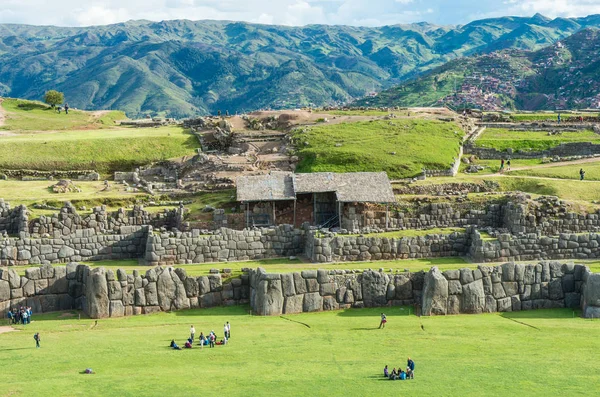
Just outside Cusco, this fortress complex demonstrates Inca military architecture at its finest, with zigzagging walls made from limestone blocks that weigh up to 200 tons each. The precision of the stonework becomes even more impressive when you consider that the Incas had no wheels, iron tools, or draft animals to help move these massive stones.
Local legends claim the walls were built by giants, which seems almost believable when you stand next to these towering structures that have survived centuries of earthquakes.
Like Travel Pug’s content? Follow us on MSN.
Ollantaytambo
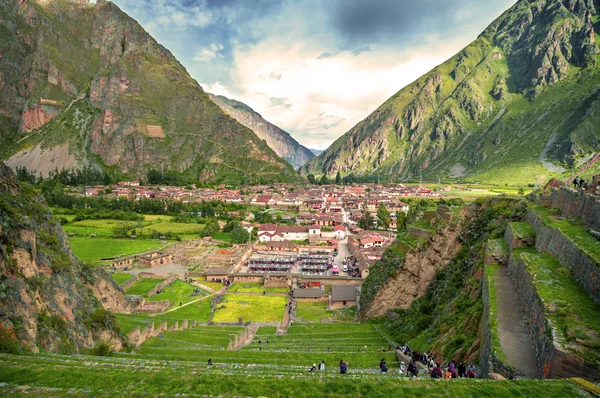
This living Inca town serves as both an archaeological site and a functioning community where descendants of the original inhabitants still call the ancient streets home. The terraced hillsides and stone buildings create a stunning backdrop that makes you feel like you’ve stepped back in time about 500 years.
The site also marks the spot where Inca ruler Manco Capac achieved one of the few victories against Spanish conquistadors, adding historical significance to its already impressive architecture.
Pisac
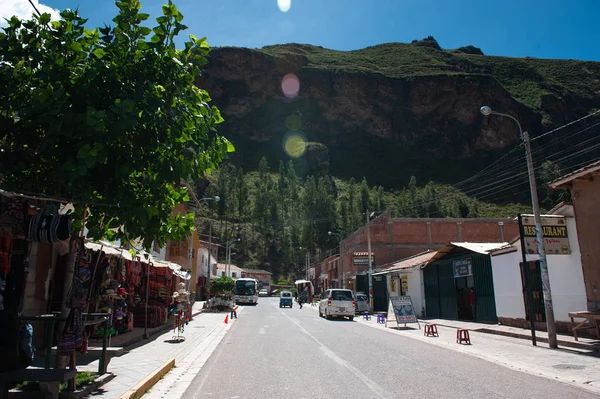
The terraced ruins of Pisac cascade down steep mountainsides like green staircases, showcasing some of the most sophisticated agricultural engineering in the ancient world. These perfectly engineered terraces still function today, demonstrating how the Incas turned impossible terrain into productive farmland.
The site combines residential areas, religious temples, and agricultural zones in a layout that reveals the Incas’ mastery of urban planning in challenging mountain environments.
Choquequirao

Often called ‘Machu Picchu’s sister city,’ this remote archaeological site requires a challenging multi-day trek that keeps the crowds away and preserves its mysterious atmosphere. The ruins spread across multiple terraces and include a fascinating section decorated with white stone llamas that seem to graze eternally on the mountainside.
Only about 30 to 40 percent of the site has been excavated, meaning future discoveries could reveal even more secrets about this remarkable Inca settlement.
Like Travel Pug’s content? Follow us on MSN.
Nazca Lines
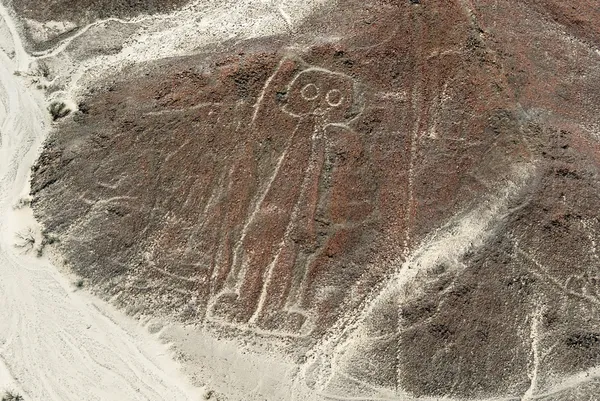
These massive geoglyphs etched into the desert floor about 250 miles south of Lima have puzzled archaeologists and visitors for decades with their enormous scale and mysterious purpose. The lines form intricate patterns and recognizable shapes, including a hummingbird, spider, and monkey, some stretching over 600 feet long and only fully visible from the air.
Created by the Nazca culture between 500 BCE and 500 CE, these designs represent one of archaeology’s most enduring mysteries.
Chan Chan

The world’s largest adobe city spreads over almost 8 square miles along Peru’s north coast, symbolizing the impressive capital of the Chimú civilization. The pre-Columbian city was once home to an estimated 60,000 individuals in richly adorned palaces and residential compounds with cleverly planned urban architecture.
The precise relief carvings on mud-brick walls illustrate seascapes and geometric figures that have lasted almost 1,000 years in the desert coast.
Caral
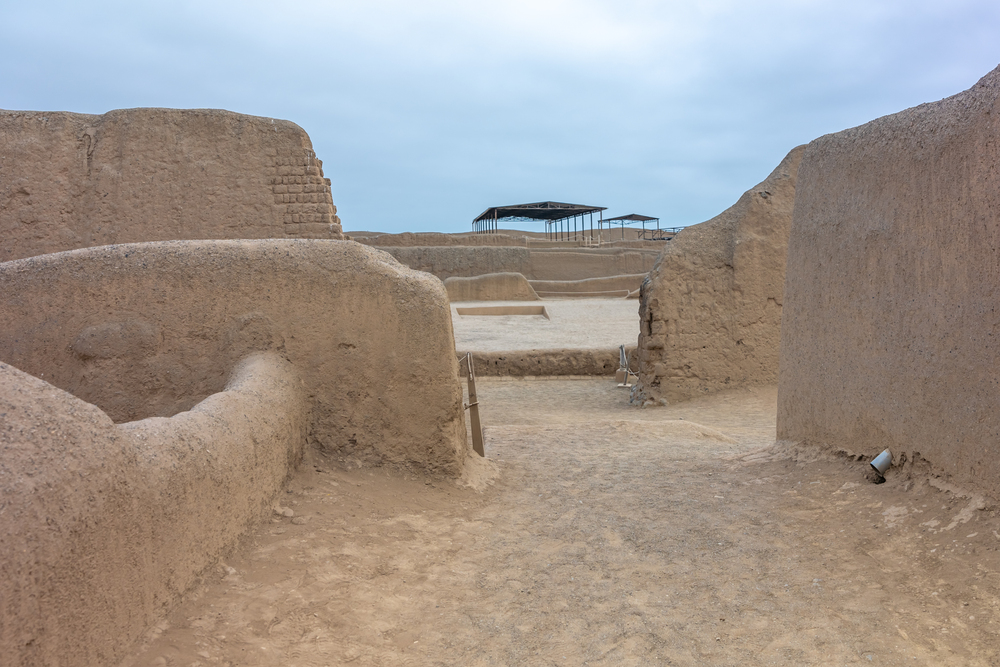
One of the oldest cities in the Americas, Caral existed more than 4,000 years ago and is older than Egypt’s pyramids, a revelation that shifts the way we comprehend ancient civilization. The site boasts impressive pyramidal architecture and circular plazas that demonstrate an advanced society flourishing when much of the globe was subsistence farming.
Visiting Caral is akin to finding a lost page of human history that revises what we believe we’ve learned about the emergence of cities.
Like Travel Pug’s content? Follow us on MSN.
Huacas del Sol y de la Luna

These massive mud-brick pyramids near Trujillo represent the ceremonial heart of the Moche civilization, known for their incredible artistic achievements and complex religious practices. The Temple of the Moon features some of Peru’s most spectacular murals, with colorful friezes depicting mythological scenes and ritual ceremonies in remarkable detail.
Recent excavations continue to reveal new chambers and artworks, making each visit potentially different from the last.
Pachacamac

This sprawling pilgrimage site on Lima’s outskirts served as a sacred destination for multiple pre-Columbian cultures over more than 1,500 years. The complex includes pyramids, palaces, and residential areas that different civilizations built and rebuilt, creating a fascinating archaeological layer cake.
The site’s museum houses an impressive collection of artifacts, including textiles, pottery, and mummies that bring the ancient world to life.
Lima Historic Center

Peru’s colonial heart beats strongest in Lima’s historic district, where Spanish architecture creates a stunning backdrop for modern city life. The Plaza de Armas anchors the area with its impressive cathedral and government palace, while narrow streets reveal hidden churches, mansions, and courtyards that tell stories of colonial Peru.
The neighborhood successfully balances preservation with living culture, making it feel authentic rather than like a museum piece.
Like Travel Pug’s content? Follow us on MSN.
Cusco Historic Center
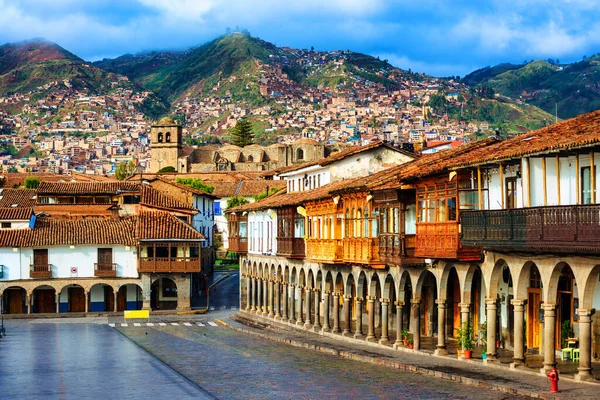
The former Inca capital seamlessly blends indigenous stonework with Spanish colonial architecture in a way that creates one of South America’s most visually striking cities. Many buildings sit on top of Inca foundations, with Spanish structures rising from perfectly fitted stone walls that have survived centuries of earthquakes.
Walking through Cusco’s cobblestone streets feels like traveling through multiple periods simultaneously, from ancient Inca temples to colonial churches to modern cafés.
Arequipa Historic Center
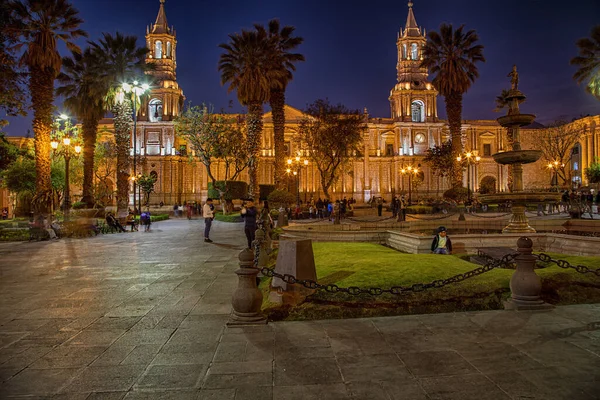
Built entirely from white volcanic stone, Peru’s second-largest city earned the nickname ‘La Ciudad Blanca’ for its stunning colonial architecture that gleams in the Andean sunlight. The baroque churches and elegant mansions create a cohesive architectural style that reflects the city’s wealth during colonial times.
The historic center maintains its colonial charm while supporting a vibrant modern culture, making it one of Peru’s most livable historic districts.
Larco Museum
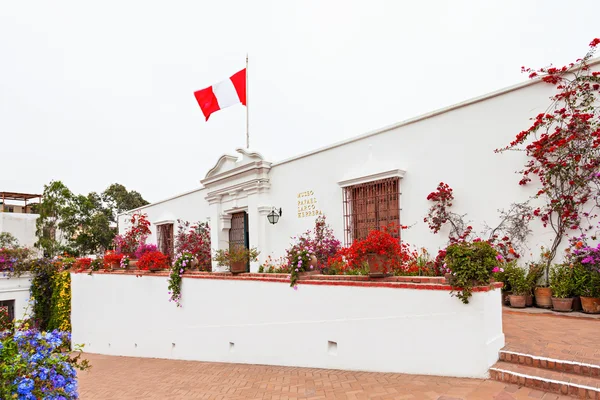
Housed in an 18th-century mansion in Lima, this museum contains the world’s largest collection of pre-Columbian erotic art alongside thousands of other artifacts from ancient Peru. The museum’s garden setting and well-curated displays make it feel more like visiting a wealthy collector’s private estate than a traditional museum.
The controversial erotic pottery collection offers fascinating insights into ancient Peruvian attitudes toward human nature and fertility rituals.
Like Travel Pug’s content? Follow us on MSN.
Salineras de Maras
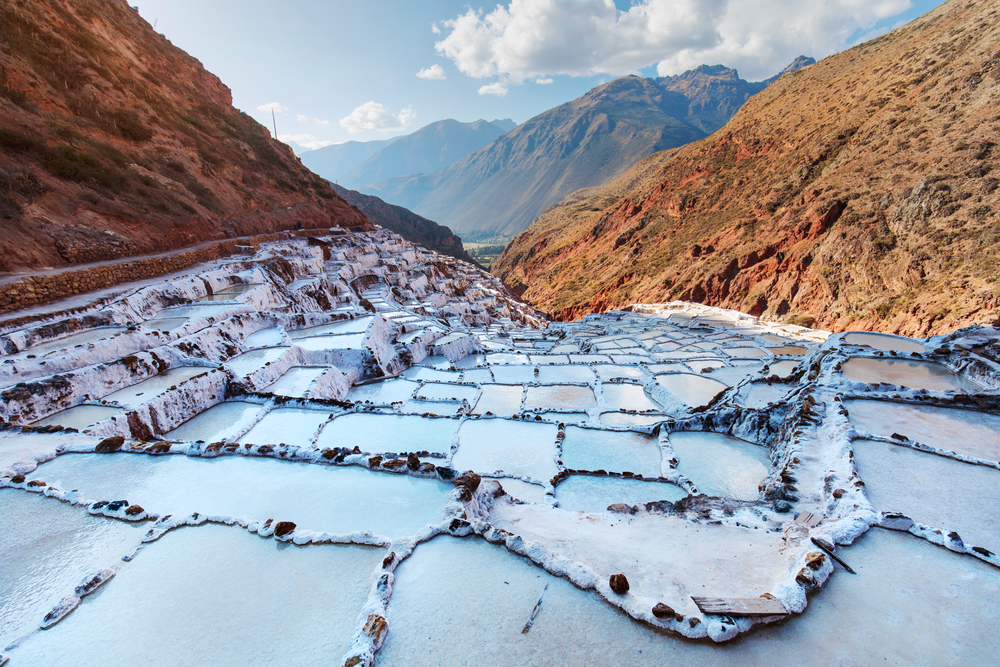
These ancient salt pans create a stunning landscape of white terraced pools that have supplied salt to the region for over 500 years. Local families still harvest salt using traditional methods passed down through generations, making this both a cultural site and a working operation.
The geometric patterns formed by hundreds of evaporation pools create one of Peru’s most photographed landscapes, especially when the late afternoon sun turns the salt crystals golden.
Moray
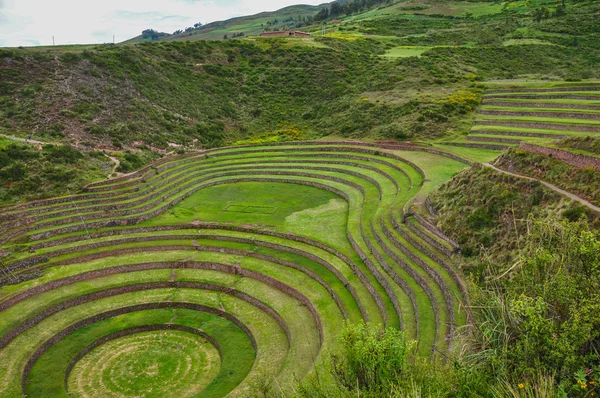
These mysterious circular terraces carved into natural depressions in the earth served as an advanced agricultural laboratory for Inca researchers. Each level creates a different microclimate, allowing ancient farmers to experiment with growing crops at various altitudes and temperatures in a single location.
The perfectly round terraces look almost like a natural amphitheater designed by aliens, demonstrating the Incas’ sophisticated understanding of agricultural science.
Raqchi
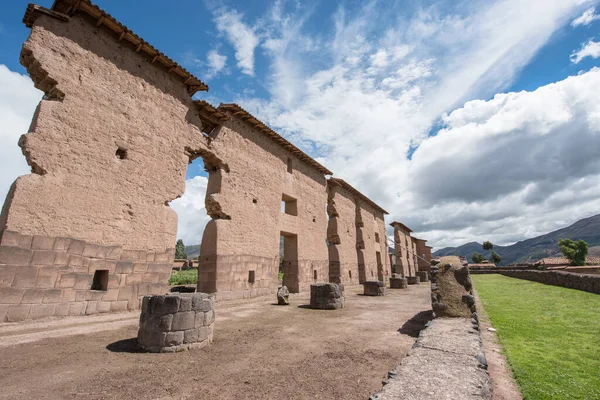
The massive walls of this Inca temple dedicated to the creator god Viracocha stretch over 300 feet long and originally stood about 12 to 15 meters high. This represents one of the largest roofed buildings the Incas ever constructed, showcasing their architectural ambitions beyond the typical stone-fitting techniques they’re famous for.
The site includes residential areas and storage buildings that paint a picture of a major religious complex that served pilgrims from across the empire.
Like Travel Pug’s content? Follow us on MSN.
Kuelap
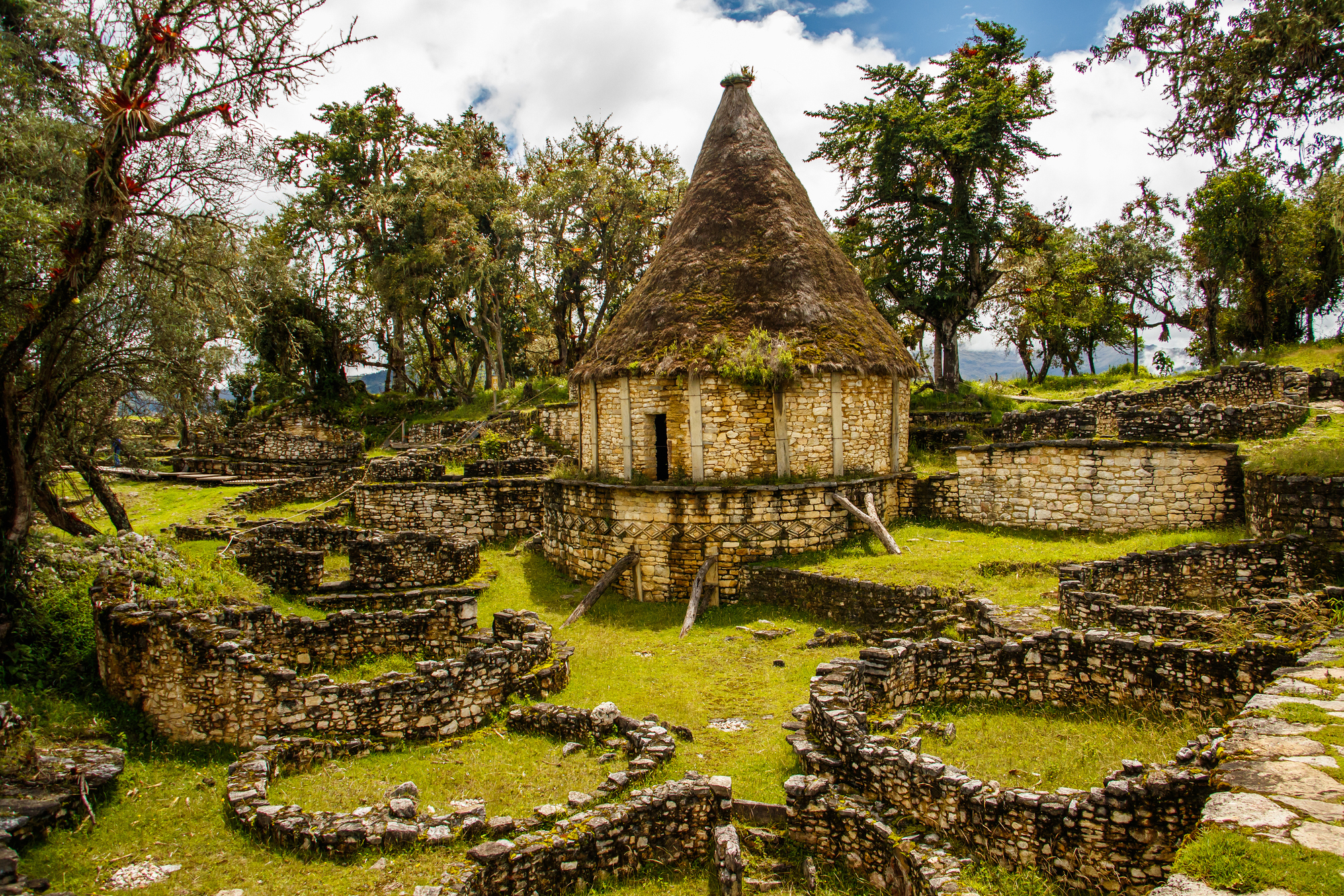
This massive stone fortress in Peru’s northern cloud forests belonged to the Chachapoya culture and predates Machu Picchu by several centuries. The site sits dramatically on a mountain ridge nearly 10,000 feet above sea level, protected by walls that reach 60 feet high in some places.
Recent cable car construction has made this remarkable site more accessible, though it still receives far fewer visitors than Peru’s more famous ruins.
Chinchero
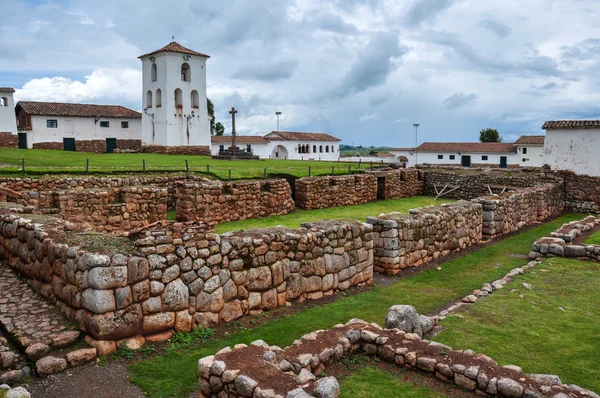
This charming Andean town combines Inca ruins with a colonial church and a vibrant Sunday market where traditional weaving techniques continue unchanged for centuries. Local women demonstrate how they create textiles using natural dyes and ancient methods, while the ruins showcase typical Inca agricultural terraces and religious sites.
The weekly market transforms the main plaza into a riot of colors and sounds that provides an authentic glimpse into contemporary indigenous culture.
Tipón
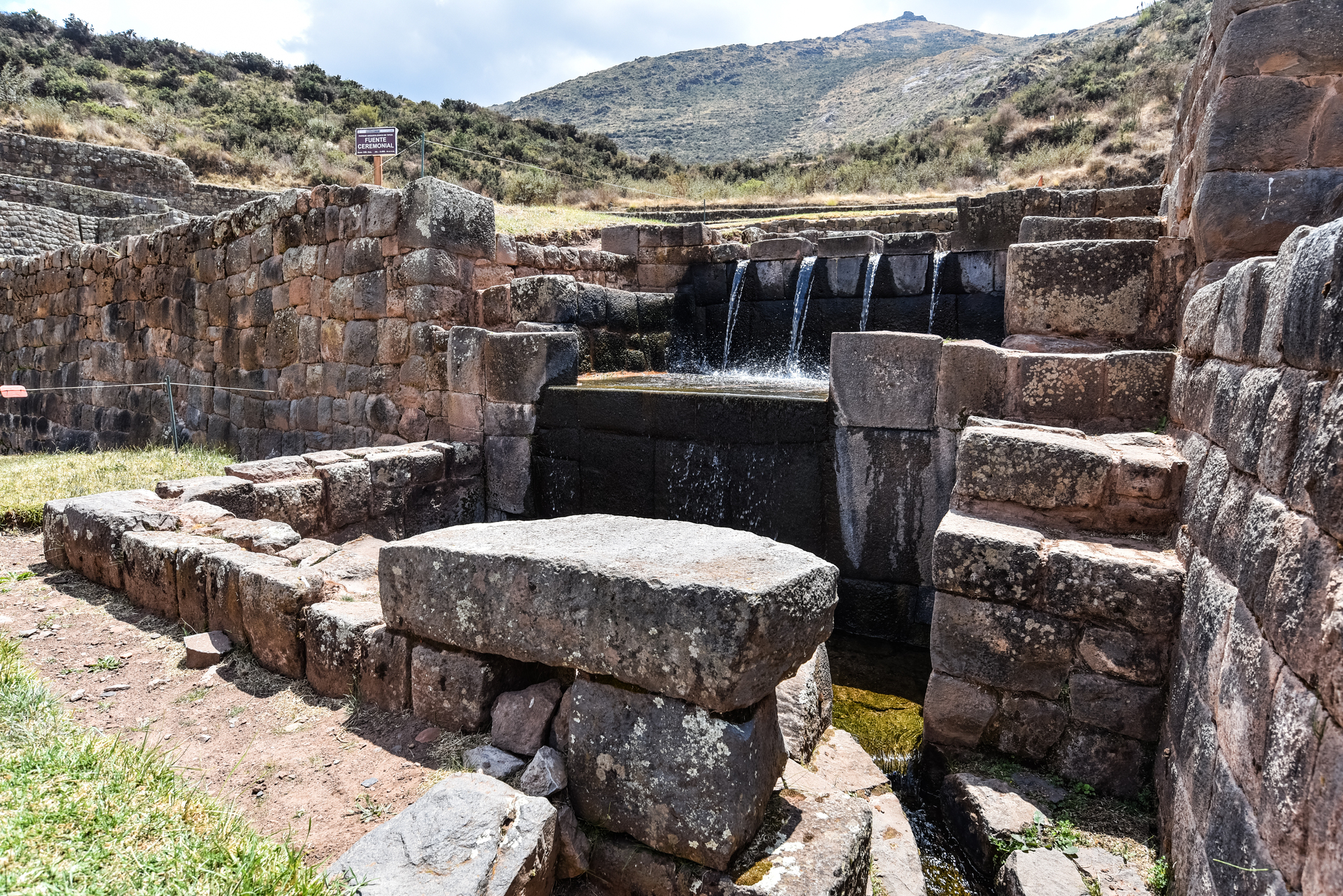
These incredibly well-preserved Inca agricultural terraces demonstrate hydraulic engineering that still functions perfectly after 500 years. The water channels and fountains continue to irrigate the terraces exactly as the Incas designed them, proving that ancient technology sometimes surpasses modern alternatives.
The site feels almost like a secret garden hidden in the Sacred Valley, offering a more intimate experience than some of Peru’s busier archaeological destinations.
Like Travel Pug’s content? Follow us on MSN.
Where Ancient Wisdom Meets Modern Wonder

Peru’s cultural sites create a bridge between past and present that few destinations can match, where ancient engineering marvels still inspire modern architects and traditional practices continue in communities that trace their roots back thousands of years. These remarkable places remind us that human creativity and ingenuity have always found ways to flourish, whether through the precise stonework of Inca builders or the artistic vision of pre-Columbian cultures.
The preservation of these sites ensures that future generations can continue learning from civilizations that understood their environment in ways we’re only beginning to appreciate. Peru’s cultural heritage stands as proof that the past never truly disappears—it simply waits patiently for us to discover its secrets and wisdom.
More from Travel Pug

- 20 Best Beach Towns in the Carolinas
- 13 Destinations Where Tourists Regularly Regret Their Trip
- 20 Things You Actually Get in First Class
- 20 Small Airports With Aviation Museums
- 20 Places in the U.S. That Are Perfect for a Reset Trip
Like Travel Pug’s content? Follow us on MSN.
